Food Price Shocks Tool
The Food Security Portal's Price Shocks Tool provides an interactive way to explore the impact of price changes on poverty. When you set hypothetical price shock(s) using the tool, net impacts of selected price changes are generated per household and the impact on poverty is automatically calculated accordingly.
FEWS NET Ethiopia Food Security Alert - August 2020

Survey: Despite COVID-19, food consumption remains steady in Addis Ababa, Ethiopia
This post originally appeared on IFPRI.org.
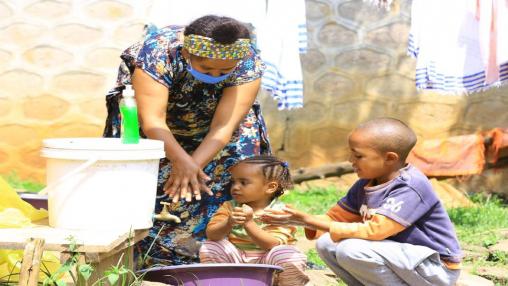
Food, Nutrition Insecurity Risk Could Rise in Ethiopia
By Kalle Hirvonen, Gashaw Tadesse Abate, and Alan de Brauw

COVID-19 and Dairy Value Chains in Ethiopia
This post originally appeared on IFPRI's Ethiopia Support Strategy Program (ESSP) blog.
The share of households consuming dairy products in Addis Ababa has dropped by 11 percentage points since the COVID-19 crisis, seemingly linked to perceived risks of consuming dairy products. All income groups declined their consumption, except for the richest quintile where the share of consuming households changed little.
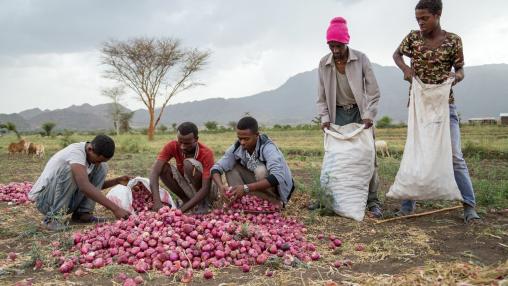
Impacts of the COVID-19 crisis on vegetable value chains in Ethiopia
This post originally appeared on IFPRI.org blog .
By: Seneshaw Tamru, Kalle Hirvonen, and Bart Minten
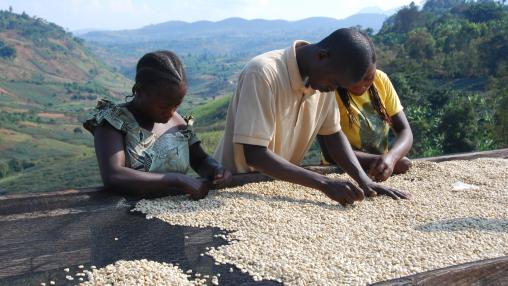
Food Insecurity in East Africa
East Africa facing acute food insecurity as drought continues, alerts FEWS and FAO

Household Production and Child Nutrition
In 2011, 44 percent of Ethiopia’s children under the age of five suffered from chronic malnutrition. [1] Reducing that number is important not only for children’s current health and well-being but also for their future health and economic productivity as adults. Thus, improving childhood nutrition by expanding children’s diets to include more nutrient-dense foods like legumes and fruits and vegetables has become an important goal for many policymakers.
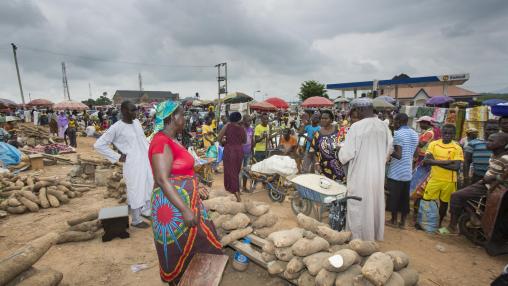
Ethiopia, Nigeria, and Southern Africa Continue to See Reduced Food Supplies and Access
As the lean season nears an end in Southern Africa , maize supplies and prices remain mixed across the region, according to the latest FEWS Net alert. In Zambia and Tanzania, maize supplies have improved slightly due to ongoing harvests; in contrast, southern Mozambique and Zimbabwe are seeing below average maize supplies due to poor 2015-2016 production levels. Maize prices are following a similar trend, with price decreases in Zambia, northern and central Mozambique, and northern Malawi and either stable or abnormally increasing prices in southern Mozambique and Zimbabwe.
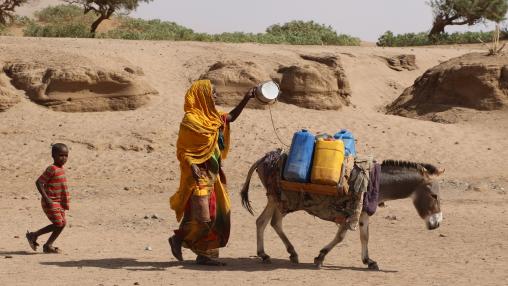
Ethiopia's Drought and Cereal Prices
Since 2015, Ethiopia has been hard hit by droughts triggered by El Niño. These droughts have reduced agricultural output and livestock production throughout the country and have driven large numbers into food insecurity. The Government of Ethiopia estimates that 10.2 million people will need emergency food aid in 2016, in addition to the 7.9 million people already covered by the country’s Productive Safety Net Programme.